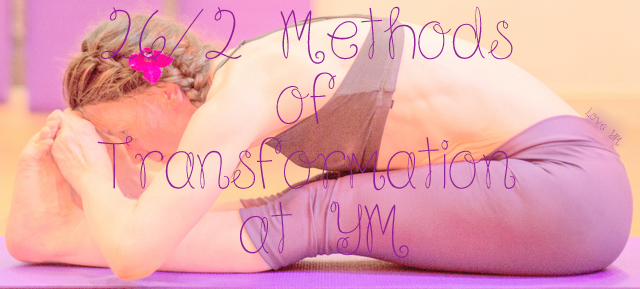The sequence performed as a ‘whole’ is what maximises benefits. Practicing the sequence nourishes and invigorates the entire body and mind as well as enabling one to access their own personal power. It is excellent wellness maintenance as well as being very therapeutic when practiced in the right way. Whilst I may list what is happening as being “blood flows to the brain” or “stimulates the Endochrine System” that does not necessarily explain ‘Why’ these things are a benefit to you. Some will know why but others reading won’t know why (I know I didn’t when I first entered a Yoga class). I would just have had a very broad idea that these things must be good because someone somewhere says so! And so to pad out ‘what is happening’ let me explain here the overall effect of the poses combined with your effort…
In Bikram Yoga you will work 100% of your body from bones to skin, fingers to toes. That means ALL the body systems will get good attention. Through your own effort you will move your body and test your mind and both will be stretched, compressed, twisted, massaged, freed and rested. Anything sluggish will get moving, anything starved will get nourishment, anything dry will get irrigated (proper hydration allowing!), anything hurting will get healing energy and blood flow, anything dirty will get flushed and cleansed. There will be renewing, rejuvenating, realigning, rebalancing, restrengthening, remobilising, releasing, regenerating. Bikram Yoga is not the easy option but it is effective! Your body wants to be at its best. Cells are always renewing and with the right stimulation you get in your Bikram class you influence how they reproduce. The therapeutic applications are so vast, read what is happening in a class and then think about the area mentioned and if you have an issue in that area. Know that that area is getting lots of kind attention and healing energy flowing into it.
HOW TO APPROACH YOUR PRACTICE
PATIENCE. Beginners should understand that it can take weeks, months or years of practice before their body will move to full expression of many or indeed any of the poses. It is the process of trying to move in the right direction with mindfulness that counts.
HYDRATE. At YM we take this very seriously. Our admission policy for practitioners does not allow admittance if proper hydration has not taken place. See our many blog posts to understand more about what is hydration and how and when (best times) to drink during a class.
BREATHE. This should be a primary focus at the outset of practice. Until it becomes ‘second nature’. Yoga is the most efficient and safest when you are breathing properly throughout practice. Strive to ensure the breath is moving freely and calmly in and out via the nose at all times (unless instructed otherwise). Proper breathing circulates Prana throughout the body, pacifies the nervous system, helps focus the mind and keeps us connected to our centre.
LOOK. Look at yourself in the mirror. With the use of visual information (mirrors or looking down at your own body) it will help you correct any postural issues, over time helping your body become more efficient.
SET UP. Good Set Ups are Key. Every fraction of an inch counts in yoga and can make the difference between perfection and 90% correct. Make efficiency your goal. Spend more time on set ups and alignment matters when you are new.
WARM UP. Whilst all activity up to end of Eagle Posture is the warm up for the whole class, consider the standing sequence a warm up for the floor sequence. Similarly the first set of every posture is a warm up for the second set. All are beautiful opportunities for the individual to gather information about ‘where there body is at’ in this precise moment in class and to use that information to work more wisely, efficiently, and if possible or necessary, deeply in the second set.
CONTRAINDICATIONS. Whilst Yoga is therapeutic generally, not all poses may be safe if you are experiencing a condition or injury. At your first class, when you arrive timely, the instructor always asks if you have any injury or condition that might have a bearing on your practice in the class. Injury and conditions depending on what they are, can make some poses unsafe. You must give your Yoga instructor an honest account of all ailments and limitations to enable the instructor to manage any risk. Poses can be left out, modified or substituted with more appropriate ones. This can only be done by disclosing relevant information to the instructor so they can address it.
STRONG CORE = SAFE SPINE. Engage your core whenever you are moving the spine which is pretty every time you move! This is an especially important instruction in twists and weight bearing postures. For those nervous about backward bending please be reassured that the studio is a controlled environment and YOU are always in control.
RISK MANAGEMENT. You are not permitted to introduce risk by ‘doing your own thing’ or deviating from the instructions without prior discussion with the instructor. Please provide this curtesy. This is not a ‘control’ matter. It is a matter of managing risk.
YOU ARE IN CHARGE. Whilst the teacher may appear bossy! You are always in charge. You are in charge about how hard you are on yourself or how easy you are on yourself. It does not matter what the teacher is saying; if an instruction or action doesn’t feel right to you in the moment don’t do it. The teacher has to manage a room full of people and their differing needs you have to manage yourself. You must take responsibility. Common sense must prevail. You are nurturing your relationship with your inner voice. Don’t override what it is telling you in the moment.
TRANSFORM. We are in the Business of Transformation. Whilst this practice is designed to help you grow and expand by pushing at your edges you must first establish what your ‘edge’ is. YOU MUST HONOUR YOUR LIMITS. If you go over your edge, (especially if you are super mobile) you can injure yourself. Each person in their body is unique. What is easy for one person may require huge effort and time for another. You have to accept that some things just might not be possible for your body. Part of a good Yoga practice is learning to listen to feedback from your body and honouring your limits in the moment, even whilst you strive to open up and transform.
Love Trisha & Darren… Now, let us take you through a basic class…Schedule & Postures

